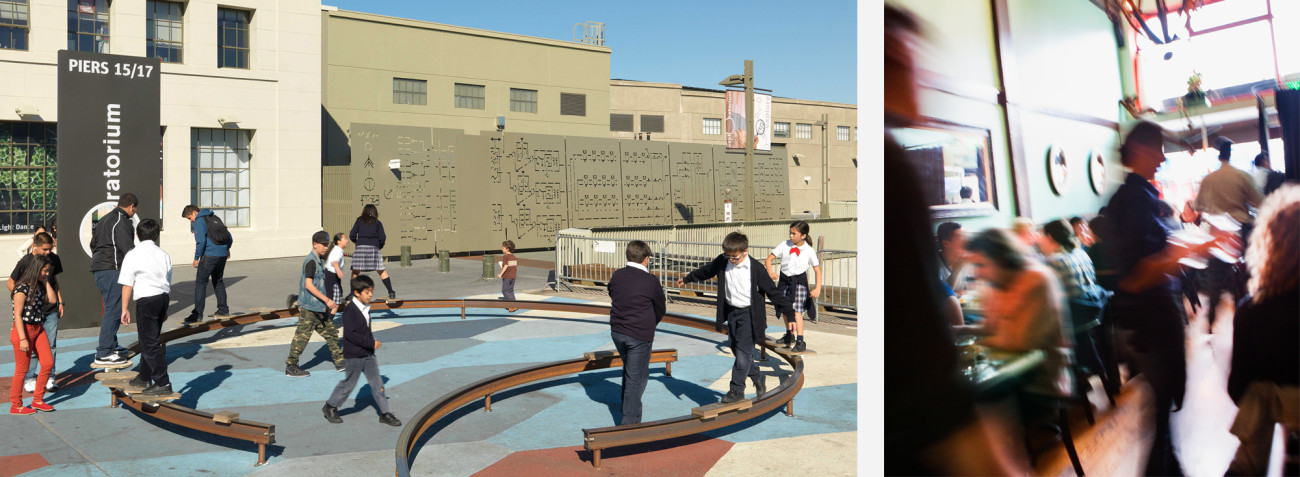The slow transformation of Treasure Island from a Navy base to San Francisco’s largest housing project turned a tricky corner on Friday when 290 acres traded hands from the U.S. Navy to the city.
The exchange allows for developers Lennar Urban and Wilson Meany to start building infrastructure and streets by next year and construction on the first phase of 500 housing units around Clipper Cove by 2017. Treasure Island and adjoining Yerba Buena Island will eventually have 8,000 housing units (one-quarter to be priced as affordable), retail and 300 acres of parkland.
The $1.5 billion project has grinded along for more than a decade through a complicated development agreement, environmental lawsuits and concerns about radiation contamination. Now, it’s full steam ahead after the state court ruled in favor of the developers.
“This was an underused military base in one of the most housing starved areas of the country,” said Chris Meany, partner at Wilson Meany. “In San Francisco, where there are development wars, people throw stones at this project. When it’s done, this is going to be an incredibly safe, seismically sound, incredibly appropriate residential development.”
The Navy base closed in 1997, and the island now has about 2,000 residents and 160 commercial tenants. Land will continue to transfer from the Navy over the next seven years. The Navy will get $55 million over the next 10 years from the city and Treasure Island Community Development.
If all goes right for Lennar and Wilson Meany, over the next couple of decades (even during economic downturns, they say) the former base will be transformed. The development includes plans for houses, a hotel, shared streets and walkways, a market hall and a new ferry building. The developers must get each subphase of development approved before moving forward.
The developers have used their own financial partners to get this far, but will look to sell off development parcels once infrastructure and streets are laid down.
“One of the great things for us is we do have a number of years of development going forward and lots of vertical pieces, so we both have the means to go forward and we’re going to look to bringing other people in,” Meany said.
